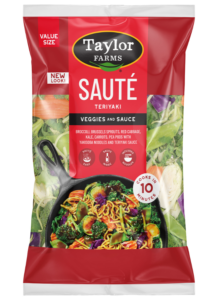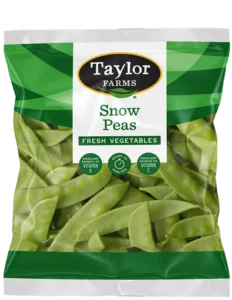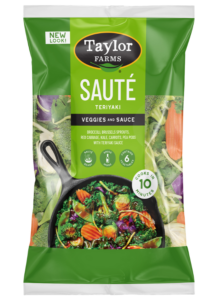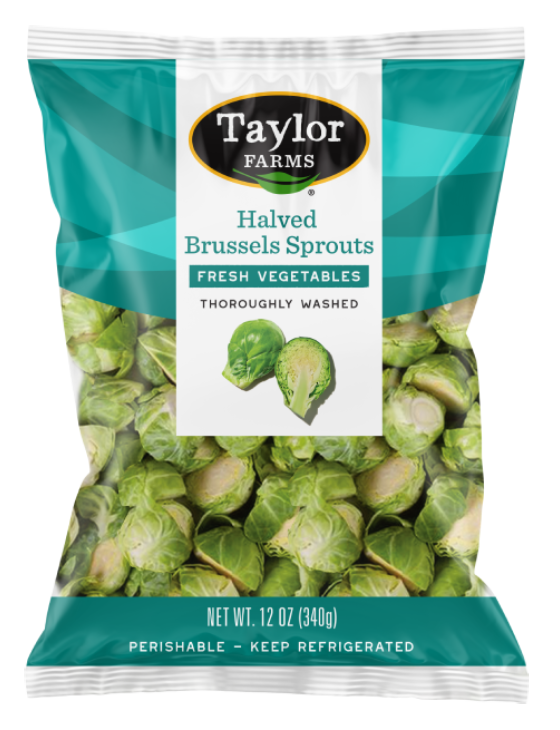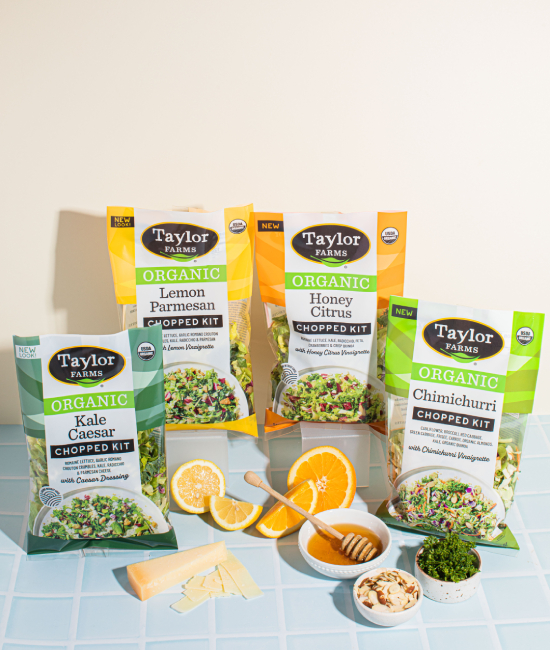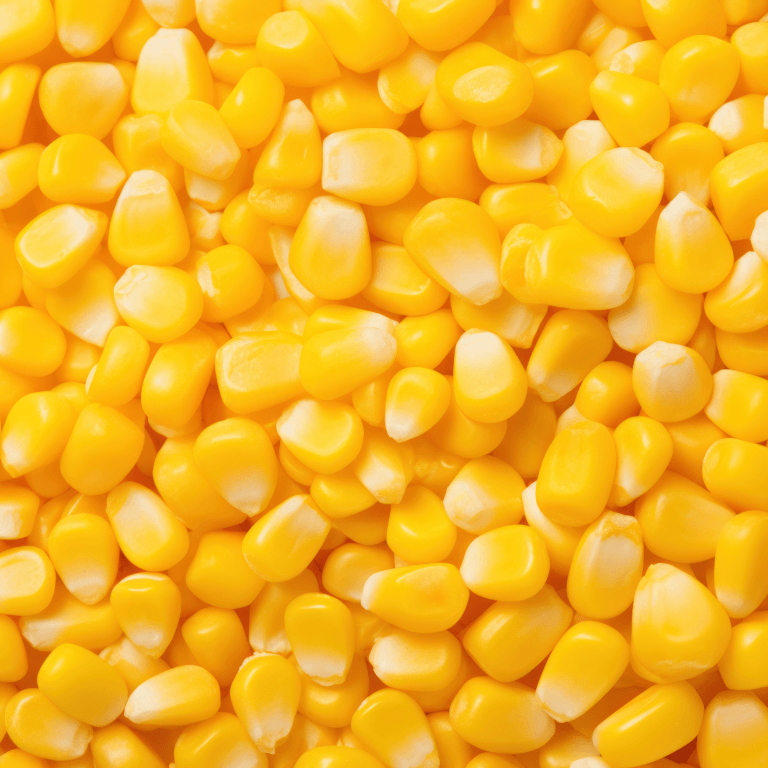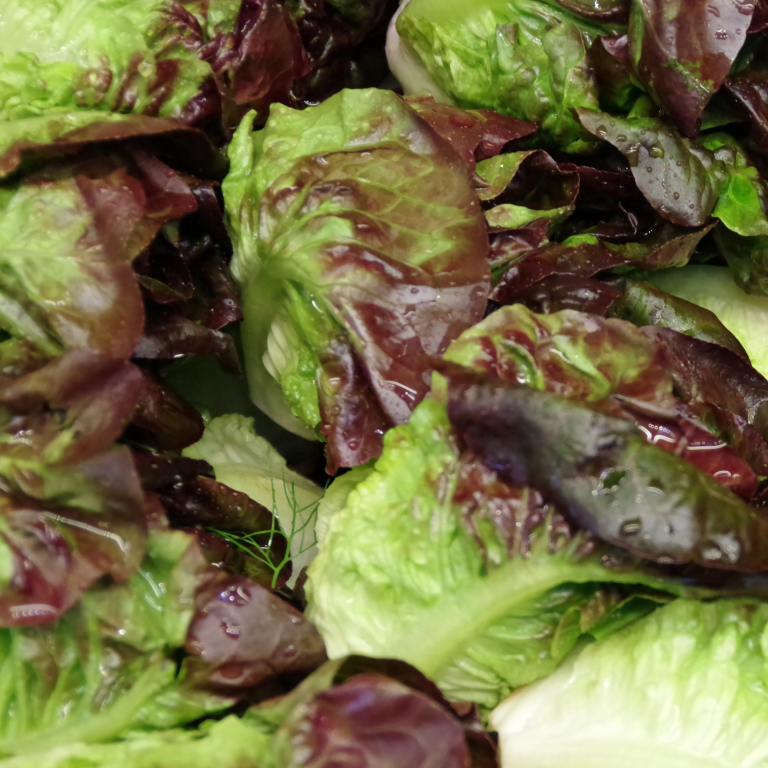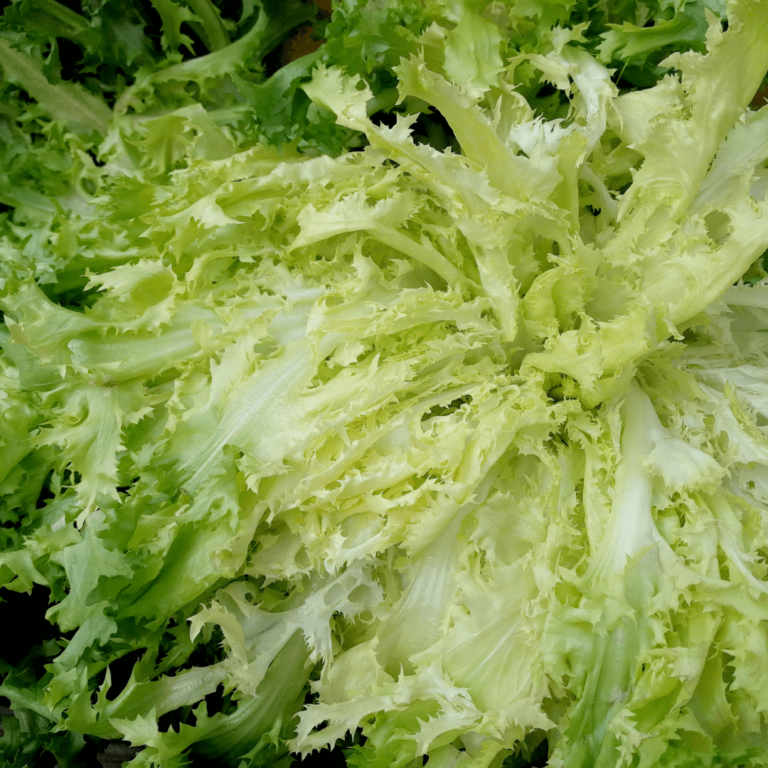Snow Peas at a Glance
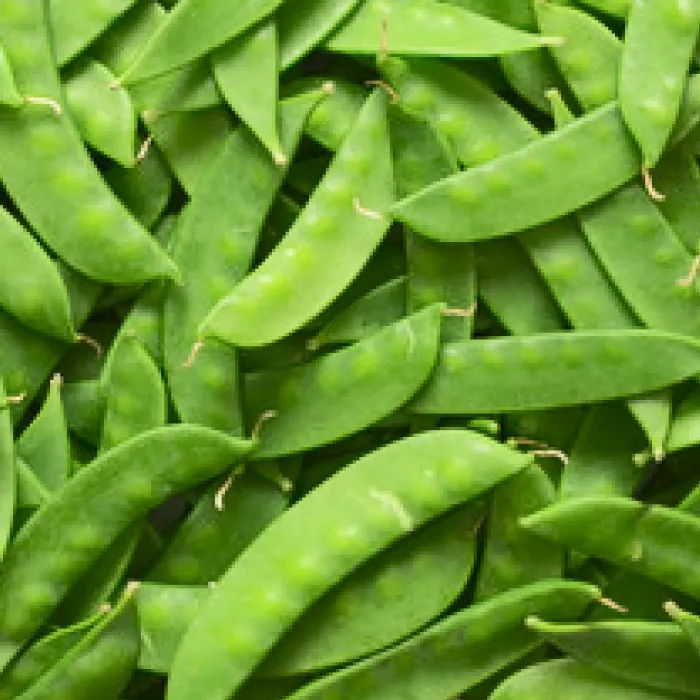
Scientific Name: Pisum sativum var. saccharatum
Family: Fabaceae
In Season: Typically spring through early summer
Varieties: Common and “dwarf” varieties are available; notable types include Oregon Sugar Pod, Mammoth Melting Sugar, and Dwarf Gray Sugar.
Great for: Adding a crispy and sweet crunch to stir-fries, salads, and a variety of dishes, as well as snacking.
Snow Peas Nutrition
Vitamin C
3 grams of fiber
35 Calories
Common Questions about Snow Peas
When enjoyed raw, snow peas are crisp and refreshing. Their delicate, tender pods provide a satisfying snap with each bite. The flavor of raw snow peas is mild and faintly grassy, with a subtle sweetness that lingers on the palate. This gentle sweetness makes them a perfect addition to salads, vegetable platters, or as a standalone snack that requires minimal prep, if any.
When lightly sautéed, steamed, or blanched, cooked snow peas retain their signature crunch while developing a more savory profile. The subtle sweetness remains, but it becomes complemented by a hint of nuttiness, creating a harmonious balance of flavors.
Cooked snow peas have a unique ability to absorb the seasonings and sauces they are paired with, making them a fantastic addition to stir-fries, pasta dishes, and various Asian-inspired cuisines. Their tender-crisp texture holds up quite well to most cooking methods, adding both a visual and textural appeal to dishes.
Growing snow peas
When growing snow peas, keep a close eye on their pods to determine when they are ready for harvesting. Typically, snow peas are ready to pick when the pods are still flat and the peas inside are just beginning to swell. Look for pods that are bright green, firm, and about 2-3 inches in length. You should be able to see the outline of the peas inside the pod, but they should not be fully developed or bulging. Harvest them carefully to avoid damaging the plant, using a pair of scissors or your fingers to snap the pods off the vine.
Purchased snow peas
When purchasing fresh snow peas from the store or farmers’ market, look for pods that are vibrant green, firm to the touch, and free from any signs of wilting or yellowing. The peas inside should be visible but not overly large, as larger peas may indicate that the pods are past their prime.
Fresh snow peas should have a crisp texture and a bright, grassy scent. Avoid any pods that appear limp, discolored, or have a mushy texture, as these may be past their peak freshness.
Place unwashed snow peas in a perforated plastic bag or an airtight container and keep them in the vegetable crisper drawer of your refrigerator. Ensure they are completely dry before storing them to prevent mold or rot—you can use a paper towel to gently pat them dry, if needed.
Snow peas are best enjoyed as fresh as possible, so aim to use them within a few days of purchase or harvest.
Yes. Snow peas can be stored in the freezer for about 8-12 months. When you’re ready to use them, there’s no need to thaw; you can cook them directly from frozen, making them a convenient addition to various recipes. Blanching is recommended to maintain peak color and flavor.
Snow peas are grown in a wide range of regions across the globe, including North America, Europe, Asia, Australia, and South America. States like California and Oregon are notable producers, while countries like China, Japan, India, and France also have significant snow pea cultivation. The adaptability of snow peas to various climates and their popularity in international cuisines has led to their cultivation in many countries around the world.
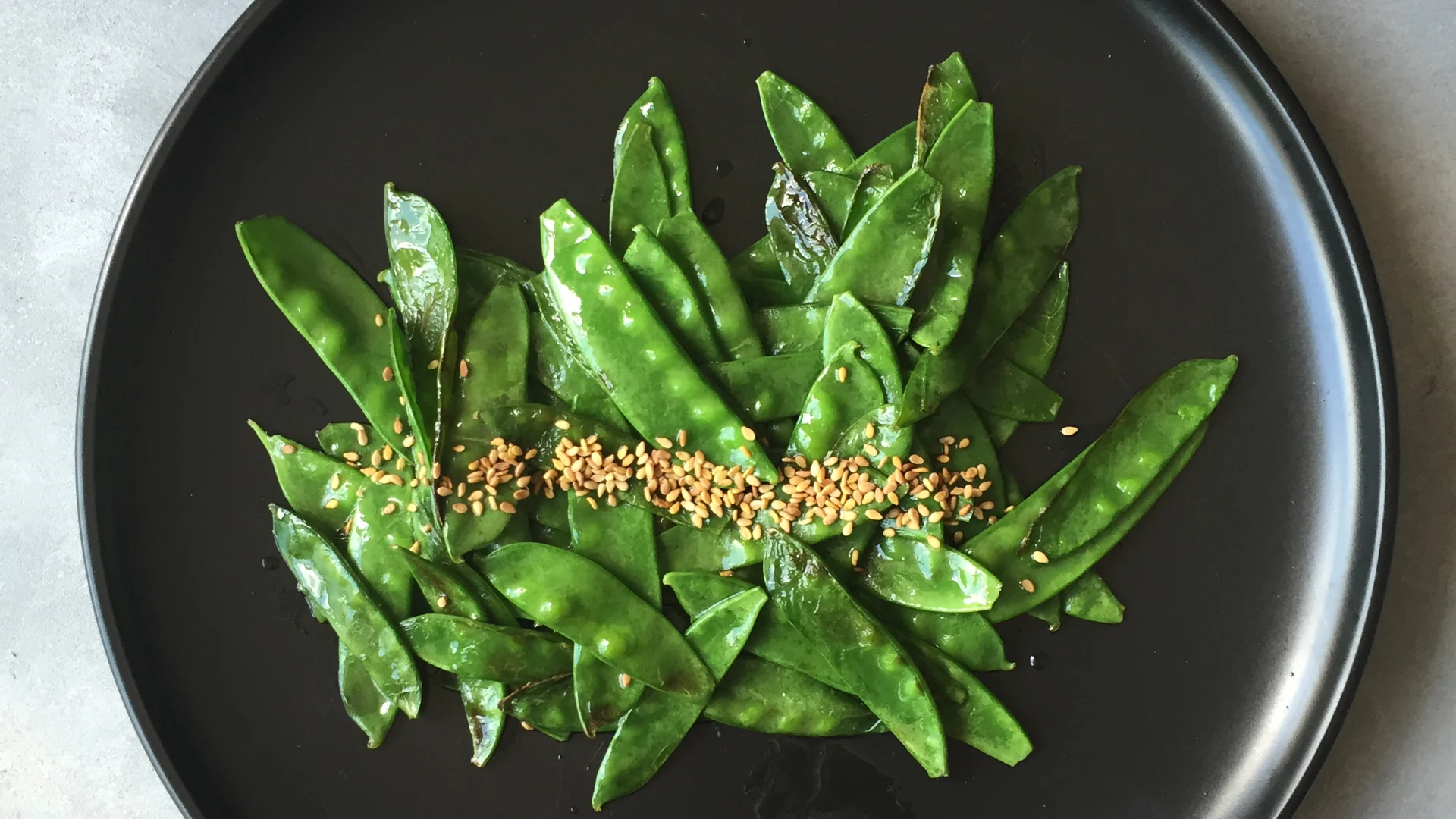
How to cook & serve snow peas
Sautéed: Heat a pan with a bit of oil or butter, toss in your snow peas, and cook for a few minutes until they turn bright green and slightly tender. You can add minced garlic, ginger, or a splash of soy sauce for extra flavor.
Stir-Fried: Ideal for Asian-inspired dishes, stir-frying snow peas with other vegetables, protein (like chicken, shrimp, or tofu), and a flavorful sauce creates a quick and satisfying meal. The crisp texture of snow peas complements stir-fries perfectly.
Blanched: Bring a pot of water to boil, add snow peas, and cook for about 1-2 minutes until they become bright green and tender-crisp. Immediately transfer them to ice water to preserve their vibrant color and crispness. They can be served cold in salads or as a crunchy side.
Steamed: Steam snow peas for 2-3 minutes until they are tender yet still crisp. Drizzle them with a bit of olive oil, lemon zest, and a sprinkle of sea salt for a simple and healthy side dish.
Roasted: Toss snow peas with a bit of oil and seasonings (like garlic powder, salt, and pepper), and roast them in the oven at high heat (around 425°F or 220°C) for 10-15 minutes until they’re slightly crispy and caramelized.
The mild sweetness of snow peas pairs well with seafood like shrimp or scallops, and they can also be included in salads for an extra crunch. For a simple and nutritious side, steam or blanch them and serve alongside grilled chicken or fish.

